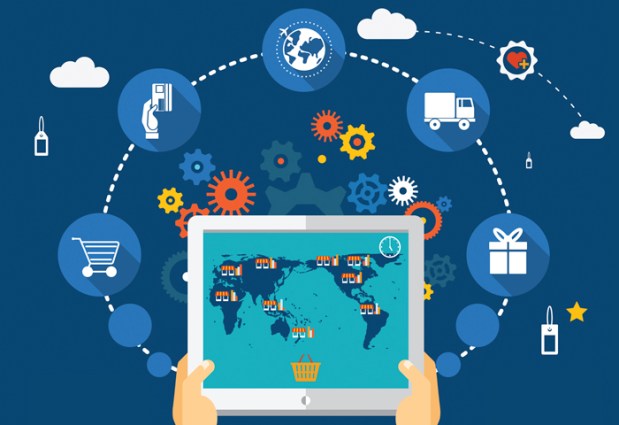globalVCard Exec Sees Growing Transition From Paper Checks To Electronic Payments

Paper checks are proving to be a stubborn holdout among North American enterprises. With the growth in secure transactions, especially in the B2B space, it seems a wonder that CFOs would still cling to a centuries-old way of conducting transactions. PYMNTS spoke with David Disque, managing director of CSI globalVCard, to get a sense of what may be holding the transition back and where electronic payments may be headed.
First of all, about a recent survey you did with the senior financial executives from various industries: You asked them why almost half of U.S. and Canadian businesses are still writing checks. What did you find out, and were there any surprises for you?
DD: It was an interesting survey. We work with a lot of CFOs across a lot of industries in the U.S. and Canada. So we surveyed a lot of our customers, and prospective customers, and asked them, “What are the reservations or concerns about taking the leap of faith of converting to an electronic payment methodology versus a paper check-based methodology?”
The theme that came across was just comfort with the existing payment process, as well as the ability to sign and review. They felt that they have more control being able to see that paper in front of them versus the electronic process.
In reality people that were surveyed that converted to our electronic process found that they had greater visibility over the electronic payments than they do over the paper process, as well as more control over the process.
Let’s talk about some of the obstacles you’re facing. What do you think are the primary barriers in adopting electronic payments, and how do you think the FIs can overcome those barriers?
DD: If you go back five or six years ago, there were some barriers associated with transitioning companies from paper to electronic payment processes. But I know with our team in the last 26 years in business — with six to seven years specifically working in the electronic payment space — we really don’t see barriers when it comes to doing integration or overcoming the challenges to implementation.
What the barriers used to be was integration with the European accounting systems to get the payments paid out. That’s not really a barrier anymore.
The other piece that comes up quite a bit is visibility, control, workflow, which are all things that are built into the system.
The other place where there were some barriers had to do with enabling the vendors. How do we get all the vendors to transition to the electronic methodology? Electronic methodologies today primarily [include] virtual credit cards, single-use cards and/or ACH type of payments.
From my perspective, we’ve done a phenomenal job at building relationships with vendors. We treat the vendors as much as we do our customers and do that enablement on behalf of our customers. So we’ve got an extremely rich database of accepting vendors and the ability to turn them on rather quickly.
Let’s talk about EMV then. With the liability shift coming up in October, how do you think that is going to impact the business?
DD: That’s a good question. EMV really has an impact more on the plastic side versus the payable side. Because on the payable side, typically those card payments are being issued on single-use virtual credit cards.
So, in that situation, EMV doesn’t really come into play. But on the plastic front, certainly EMV has been out in the marketplace for a long time, and it’s starting to migrate now into the state. It’s going to bring a lot of security around the face-to-face or retail type of transactions.
I think it’s going to have a positive impact in the long run because you can have a more secure transaction and less fraud occurring on cards.
How are you disrupting the B2B payments ecosystem?
DD: I really feel that we’ve been on the forefront of B2B payments, and we jumped in on this game very early, especially on the virtual card side, so we typically see stronger adoption than what we see in the marketplace traditionally — in the 30 percent, and sometimes 50 percent, range adoption of conversion from check to card.
The other place where I think we’re disrupting is our approach to B2B payments. We take a consolidated payment file and decision the payment based on what’s best for our customer and what’s best for the vendor. So essentially a customer could not pull a one payment file, and we can distribute multiple payment types from virtual credit cards, ACH payments, check disbursements, and we’re also growing into FX and foreign exchange transactions payments, all through single source portals.
I think those are some ways that we’re being disruptive and leading in the marketplace. The other way we’re disruptive [has been] the approach we took by owning the process, having all of our relationship managers AP-certified, so they really understand what it is like to be on the other side of the phone with the vendor and a customer when working and acting as a payment facilitator for our customers.
